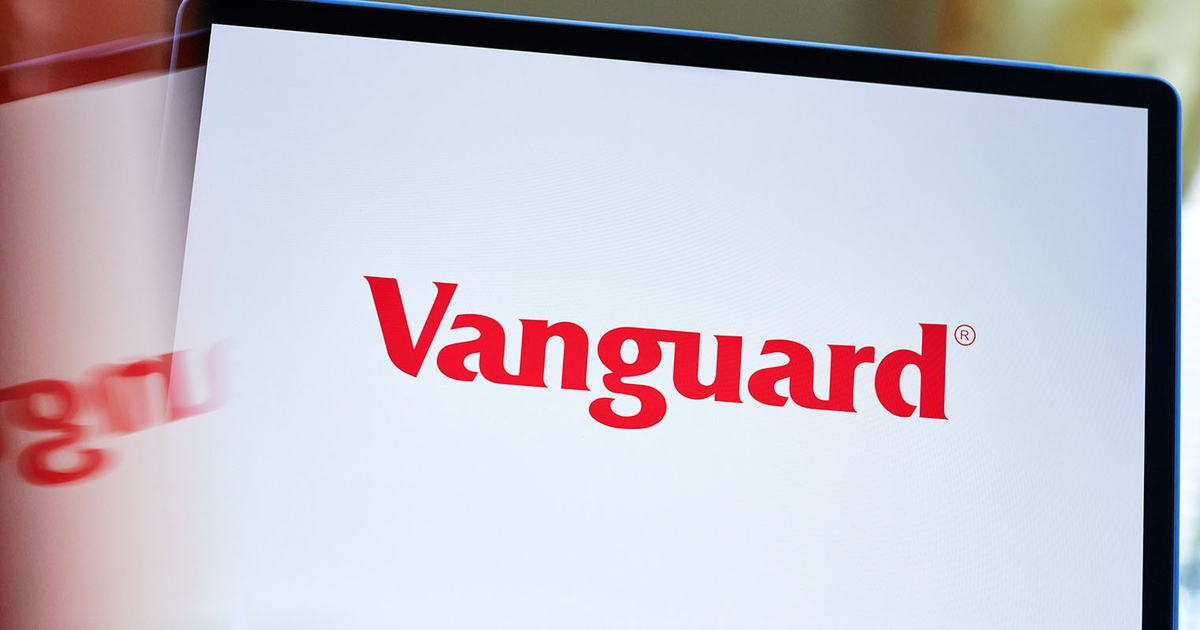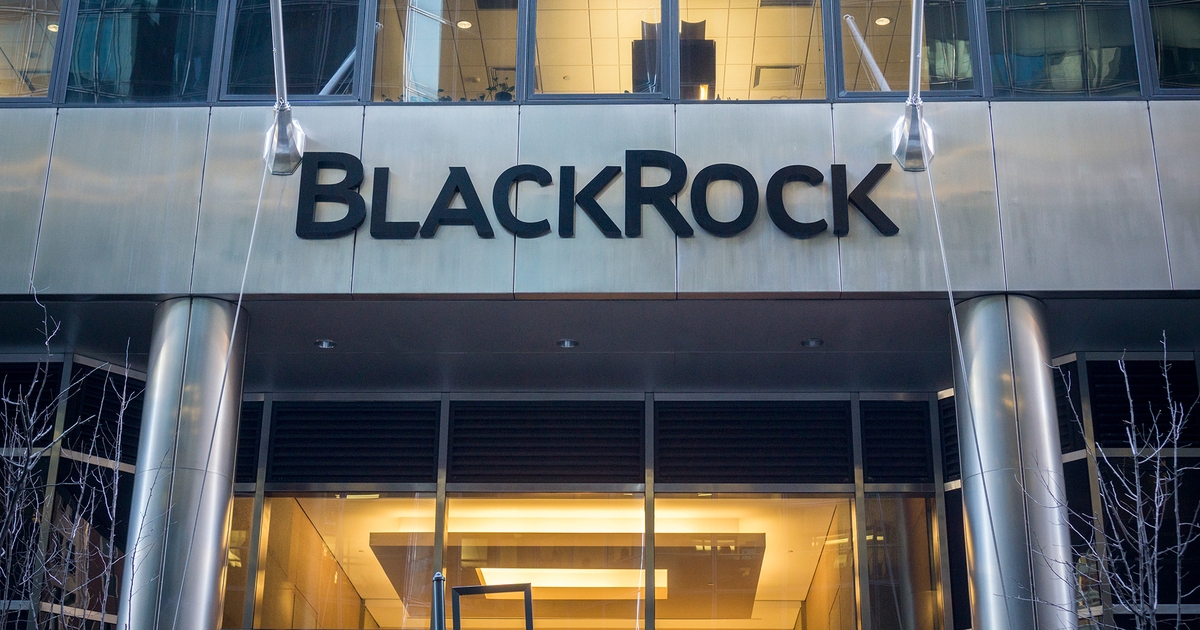AIMA, CAIA unveil new alternative fund risk rating guidelines

In a release Thursday, AIMA and CAIA said investment dealers in Canada “often automatically rate non-prospectus public and private alternative funds as high risk,” which limits how many retail investors allocate to these products and how much they allocate.
The associations argued that investment dealers must revisit their risk rating systems for alternative funds to better reflect historical risk and return metrics of particular strategies or funds. Their proposed risk rating system aims to provide dealers with a roadmap for doing so.
“Canadian investors should have an opportunity to employ alternative funds in their balanced asset allocation to enjoy their diversification, risk reduction and non-correlated return benefits without requiring a high-risk investing profile,” said Claire Van Wyk-Allan, AIMA managing director and head of Canada, in the release.
AIMA and CAIA acknowledged that they can’t enforce a risk methodology among the dealer community, nor can the Canadian Securities Administrators (CSA). However, they recommended Canadian Investment Regulatory Organization dealers to update their risk ratings to allow for “greater flexibility and improved accuracy when placing a fund in any one category, while also providing consistency with the CSA’s prospectus risk ratings.”
Updated guidelines
In the latest edition, AIMA and CAIA expanded the risk rating guidelines to include new strategies in private equity and real assets. The guidance also features new data from PivotalPath, a hedge fund data and analytics firm.
Further, risk category recommendations for hedge fund and private credit strategies were updated in this edition — convertible arbitrage has moved down one risk category, while distressed hedge funds have moved up one.
The proposed risk rating system is based on the median trailing standard deviation of funds within PivotalPath indices, the associations noted. As for private credit funds, risk ratings are based on S&P and Cliffwater indices.
The guidance suggests that any risk rating scale at a dealer or fund manufacturer should include at least five categories of risk, “to ensure greater flexibility and consistency with prospectus risk ratings.” This includes the low, low-medium, medium, medium-high and high rating categories.
For example, the associations’ guidance places market-neutral equity, multi-strategy and global macro strategies under the hedge fund, mutual fund and ETF banners in the low to medium-risk category. Meanwhile, digital assets are considered high risk.
Among private credit funds, unlevered funds that focus solely on senior secured lending to borrowers not experiencing financial stress or distress are considered low to medium risk. Distressed debt and leveraged private credit fund strategies are among those considered medium to high risk.
“The high-risk rating assigned to many alternative investment funds is antiquated, inaccurate and inconsistent with historical risk-adjusted returns and overall, serves as a detriment to Canadian investors,” the associations said in the guidance. “This risk rating system must be disrupted and replaced by a modern, fair and accurate approach.”
link







